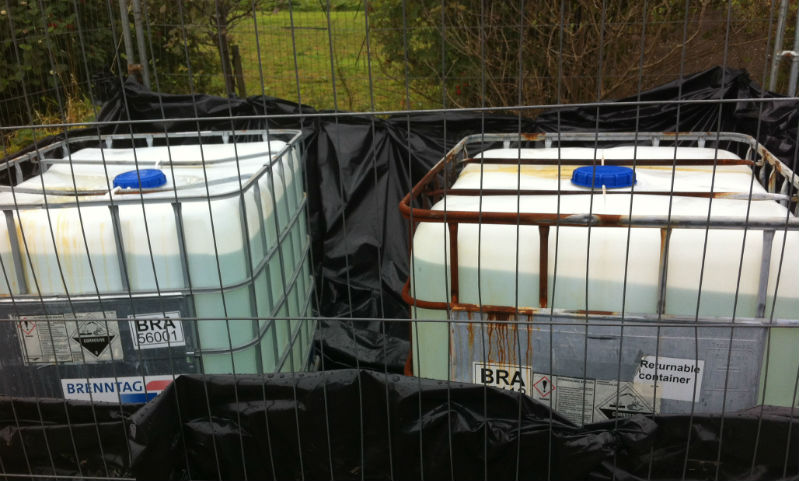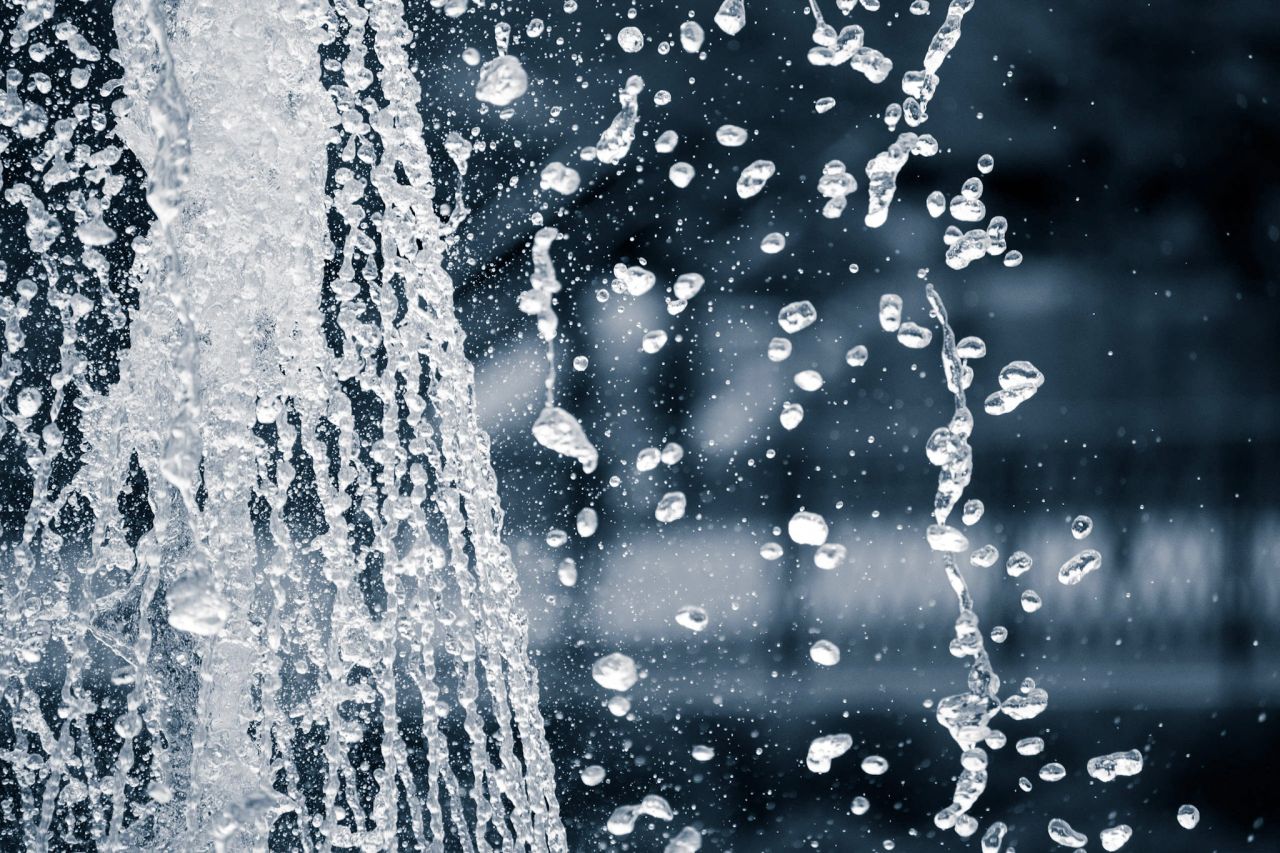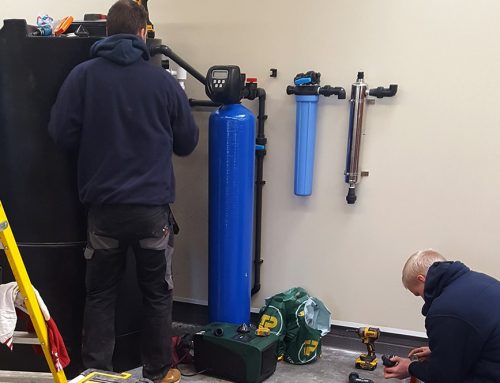From time to time boreholes that have been drilled into chalk aquifers need to be either developed to increase performance or rehabilitated due to blockage by incrustations.
One technique used to achieve this is acidisation whereby hydrochloric acid is used in large quantities to facilitate the removal of soft material from within the borehole and to open fissures in the underlying chalk. This process is done to increase the flow rate of the borehole by allowing more water into the aquifer.
How Acidisation Works
CaCO3(s) + 2HCl(aq) → CaCl2(s) + H2O(l) + CO2(g)
By introducing an acidic into an alkali environment there is a chemical reaction between the acid and the carbonate rock. This causes drilling slurry to dissolve and fissures to increase in size as the acid reacts against the surface area of the carbonate.
The rate at which the hydrochloric acid reacts with the carbonate is dependent on a number of factors – it’s temperature, the volume of acid introduced and its concentration. Plus the surface area of the calcium carbonate the acid can react with. The reaction can also be sped up by stirring the solution.
The chemical reaction between the acid and carbonates creates large quantities of carbon dioxide. The release of which must be controlled at the well head with valves and pressure relief technology.
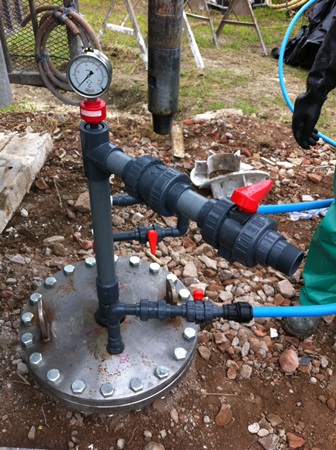
Sealed Headworks During Acidisation
A Recent Borehole Acidisation Project
The Dales Water team recently worked on a project of this nature where a borehole used for agricultural purposes required developing to produce a higher yield. The acidisation process was carried out under strict guidelines by our trained engineers. Handling acid requires proper training, PPE and planning to ensure the acid is delivered to site securely in IBC’s and disposed of correctly.
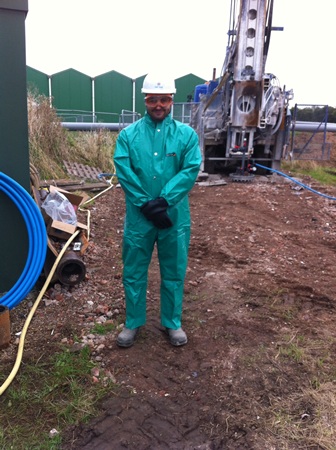
Dales Water PPE
Works Involved
- Pumping tests to establish yield characteristics and drawdown rate
- CCTV Survey of borehole taken before and after acidisation to show any physical changes to the borehole
- Desk study to establish concentration and volumes of hydrochloric acid required
- Transportation of acid to the borehole site in intermediate bulk containers
- Sealing of borehole and injection of hydrochloric acid under pressure into borehole
- Extraction of acidic water by trained engineers and disposal using a fully lined skip.
- pH neutralised waste water with hydrated lime
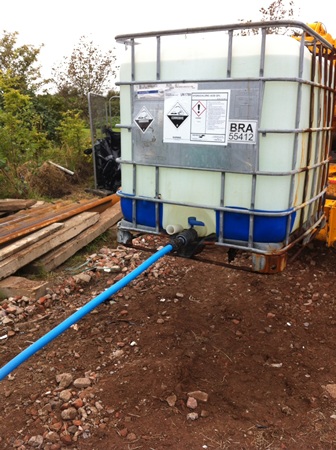
Raised IBC
Things to Note
The process of acidisation is not a magic bullet and in many cases might not produce the yield improvement required to make it commercially operational.
A borehole’s potential yield is determined by numerous factors and whilst acidisation is certainly capable of increasing flow rates, it is unlikely to radically change it. Every aquifer has different characteristics and cannot be improved above its local potential.
If your borehole is in need of rehabilitation or needs to improve output, and you think acidisation is a possible solution feel free to contact us for advice.

